Get Pet Hair and Fragrance Build-Up Out of the Laundry
Dogs and cats shed. A lot. That pet hair can get all over the house—on rugs, on bedsheets, and clothes. It sticks to fabrics and won’t go away. How maddening to find it on the clean clothes from the dryer. What’s a person to do?
Dear Mary: I am one of your millions of fans. Your insight, tips, products, and recipes are terrific. Thank you for your time and efforts! I’m looking for something I can purchase or make myself to put into the dryer to extract dog hairs from fabric. Years ago I purchased a kind of fabric ball, which looked ordinary enough and worked great. Since then I’ve never seen anything like this. I’m desperate! Thanks, Anita
Dear Anita: I’m pretty sure you’re talking about a Dryer Maid Ball that promises to automatically remove pet hair from clothes while in the dryer, and send it to the lint trap, while at the same time soften clothes and decrease wrinkles.
In the interest of full disclosure, I have not tested this product myself, because I do not have a pet. However, the customer reviews are positive from those who use this product to extract all that pet hair.
What I have tested and love are Wool Dryer Balls. These dryer balls soften as well as reduce static without fragrance or chemicals—and I have noticed that they pick up stray human hair that finds its way into the dryer.
Another idea
Before you throw your laundry in the washing machine, run the clothes through a 10-minute dryer cycle on tumble, with no heat. This softens the fabrics and loosens the pet hair, which will be caught by the dryer’s lint trap. Then shake the clothes to get as many pet hairs out as possible, and toss them in the washer. When you’re done, clean your dryer’s lint trap so it’s hair-free when your load comes out of the wash.
When you give these options a try, be sure to give us your review. I’m sure yours is a common problem within our big (and growing!) EC family.
Dear Mary: I am the recipient of some gently used bedsheets. They came with the odor of a detergent to which I am allergic and also dryer sheet odor. I have washed them several times in my own fragrance-free detergent but the odor still remains. Will Nok-Out take out the detergent odor? If so, how much Nok-Out should I use in a wash load? Louise
Dear Louise: This build-up of fragrance and laundry products can be tough to deal with. Manufacturers of many cleaning and softening products have trained consumers to equate fragrance with “clean,” But that odor is certainly offensive to some of us and is yet another source of chemicals entering our lives and bodies. I am confident that Nok-Out can take care of those odors that can be so offensive.
In general, add 8 oz. (1 cup) Nok-Out to your washer load. If you have a top loader, set it to use the minimum amount of water. Fill the tub first, add the Nok-Out, mix it up a bit, and then add the sheets making sure every part is fully saturated.
Allow the machine to sit for 15 to 20 minutes, then complete the cycle, without adding detergent. Dry as usual.
For a front loader, use the same amount of Nok-Out, in a pre-wash soak. If possible, pause the cycle during the soak phase for about 15 to 20 minutes. Restart and complete the cycle as normal.
Another option would be to go low-tech. Use a washtub, deep sink, or bucket. Put the minimum amount of water needed to saturate the linens completely. Add 1 cup of Nok-Out, full strength. Add the sheets and make sure all of the fabric gets fully immersed and saturated, and then allow to sit for at least 15 to 20 minutes. Follow this by throwing the sheets into a spin cycle (no need to rinse) and then dry them normally.
Dear Mary: I love all of your washing machine and laundry tips, but can you guide us on using the correct amount of detergent? I know you say small amounts, but I hate to do a load with too little or too much. It feels like a guessing game. I tried googling this, but the information I found was not helpful.
You are such an expert on these things that I thought you might have some additional tips—if you can bear the thought of another post about laundry, that is! Hugs to you for such fantastic work. Your Anonymous Fan
Dear A.F.: Great question. And yes, flattery did get your letter to the top of the pile, so good job on that!
Most of us use way too much laundry detergent, which can present all kinds of problems like skin irritation, grayish looking whites, and stiff scratchy clothes and linens.
Whatever amount of detergent you use, it must be completely rinsed away for the results to be beautifully clean, whiter-than-white, brighter-than-bright colors; soft clothes, and linens.
Variables
Generally, if you have soft water use 1 tablespoon (1/16 cup) of HE (high-efficiency) detergent per wash load in a front-loading machine; for top-loading refer to your owner manual, or about 1/4 cup if you can’t find it. If you have hard water use 2 tablespoons (1/8 cup), which begs the question “How do I know if my water is hard or soft?”
Know your gpg
Call your water company or go to its website, to learn the grains of hardness per gallon (expressed as “gpg”) in your local water supply. According to the Water Quality Association,
- Soft: 0 – 3.5 grains per gallon (gpg)
- Moderate: 3.5-7.0 gpg;
- Hard: 7.0-10.5 gpg
- Very Hard: over 10.5 gpg
If your water is moderately hard and you want to be very precise, use 1.5 tablespoons (4 1/2 teaspoons) of HE detergent per load.
Weigh variables
Another variable will be washing machine capacity. If it’s a super-duper-jumbo size machine, you need to adjust the amount of detergent accordingly. Check the owner manual.
Also, you may need to use more or less detergent if you’re running a heavily soiled load (more) or a very small load (less).
Get it out!
Above all, the most important thing to consider when it comes to laundry detergent is whether or not the detergent gets completely rinsed away before that load of laundry is finished.
I always add 1/2 cup white vinegar to the last rinse (I pour it into the liquid softener compartment so it gets released at the proper time). Vinegar helps to get rid of all of the detergent, leaving items soft and fluffy without the need of any softening products, which can present allergic-like rashes, skin irritations, and even respiratory reactions in some people.

I love to do laundry. I’m crazy that way. And I enjoy discovering ways to do it more efficiently—and by efficient I do mean cheaper, better, and faster … read more
Conduct a test
The next time that you do a load of wash, take a washcloth out of the dryer when finished and put it in a warm dish of water. If the water remains clean, you have not used too much detergent. If the water turns even slightly cloudy, it means that all of the detergents have not been removed. You’re using too much detergent.
If your whites have turned gray, that’s a good indication that your washing method has resulted in a build-up of left-in laundry detergent. If your towels come out stiff and scratchy—you guessed it—too much detergent.
Experiment
Finding the exact amount of laundry detergent you need, given the hardness of your water, the style (front-loading vs. top-loading) size of your washing machine, and the size of the laundry load, may take experimentation. But once you discover what’s right for you—and you are getting all of that detergent out of the clothes, too—I think you’re going to be pleasantly surprised by the fantastic results.
Make it yourself
I don’t think you’ll find a better (or cheaper!) HE laundry detergent than our homemade HE laundry detergent. It is concentrated, and 2 tablespoons (or less) per load produces fantastic results!
- How to Make the Best Homemade Liquid Laundry Detergent
- How to Make the Best Homemade Powdered Laundry Detergent
Thanks for your kind words. You made my day!
Everyday Cheapskate participates in the Amazon Services LLC Associates Program, an affiliate advertising program designed to provide a means for us to earn from qualifying purchases, at no cost to you.

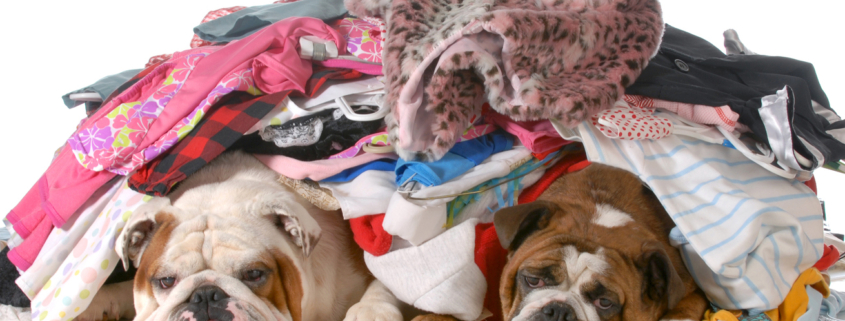

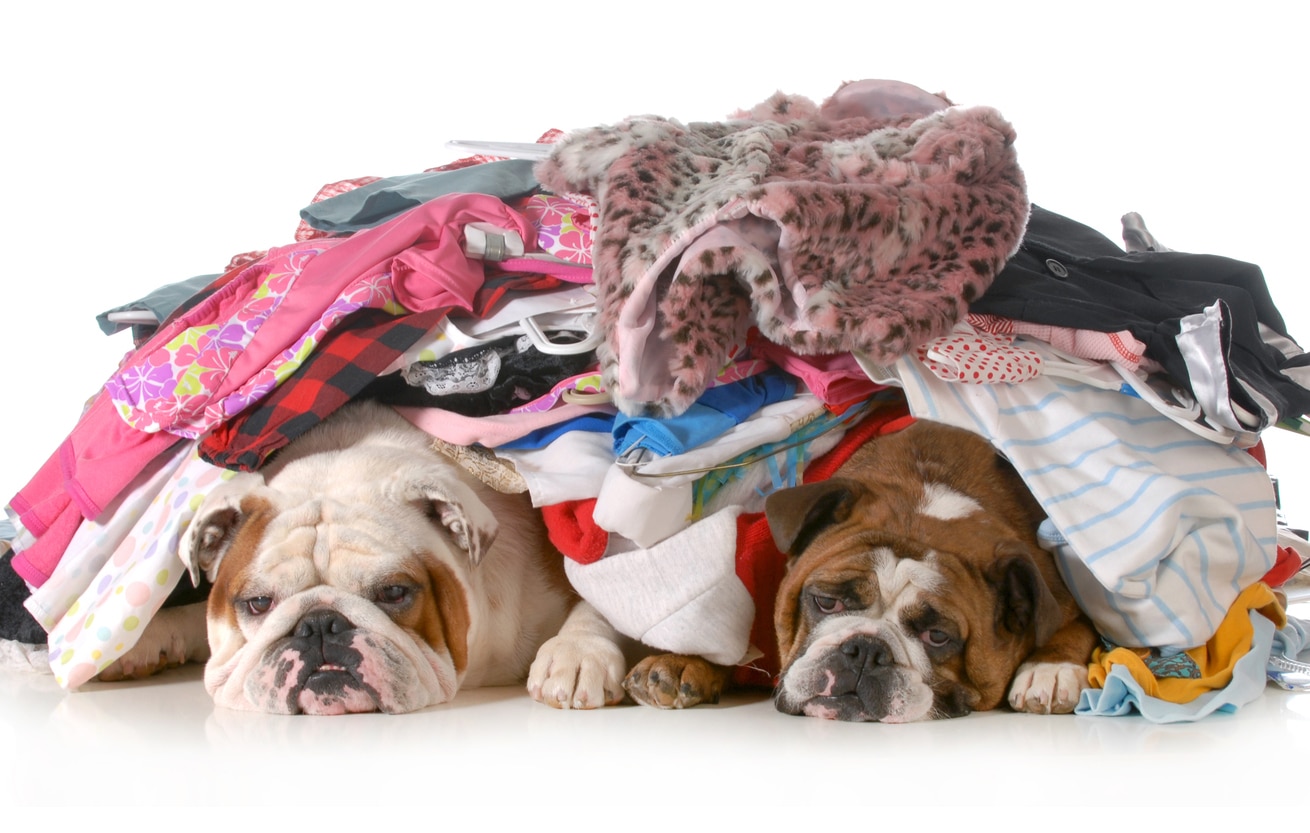

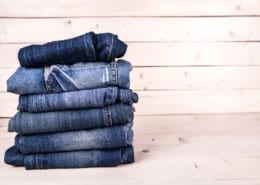
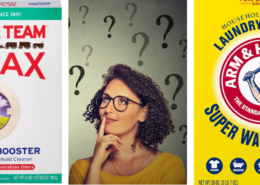


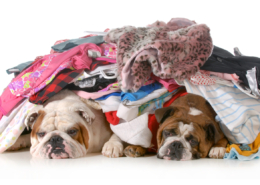
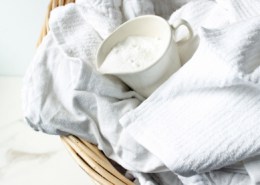
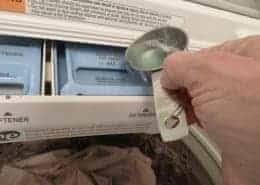
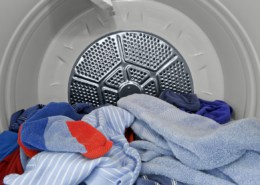
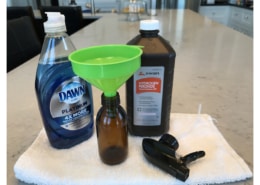


Mary — there is a pet hair remover dryer sheet on the market now and I toss things that have dog hair on them into the dryer with one for about 10 mins. on the “quick press” cycle — all the hair comes out in the dryer filter! It’s amazing how much!! I use the sheets a few times before throwing out.
yes and they work well!
I find that cat hair is waay harder to remove from clothes. Does anyone have a magic solution so the cat’s servant can have hairless clothes? Thanks
I have used vinegar in my final rinse religiously for at least 10 years. I do not use too much detergent. I keep hearing you say that clothes will come out soft and fluffy with vinegar but that has not been my experience. Towels (even new ones) are stiff and scratchy, as is most of my laundry. Oh, I also use woolen dryer balls. Can you tell I have been reading your column for a long time? 🙂 What am I doing wrong?
You are using waaaaay too much detergent (liquid softeners, any other laundry products you may be using). When all of those additives add up to more than can be rinsed away in the final rinse, it builds up in the fibers of the towels causing stiffness, and eventually stink because the situation is a proving ground for bacteria. It can be quite a process to get all of the old, sludge-like deposits out of those towels. But it is possible. I recommend “laundry stripping!” You can read all about it here: Laundry Stripping is the Easy Solution for Dingy Gray Sheets, Towels, Underwear I’d start with 5 towels. Follow the process precisely, then rinse, and rinse some more.
Once you have removed all of the buildup from your towels (well, all of your linens as the same thing may be happening with your sheets, pillow cases, etc) … be very judicious with how much laundry detergent you use in the future. It doesn’t require much! Hope that helps.